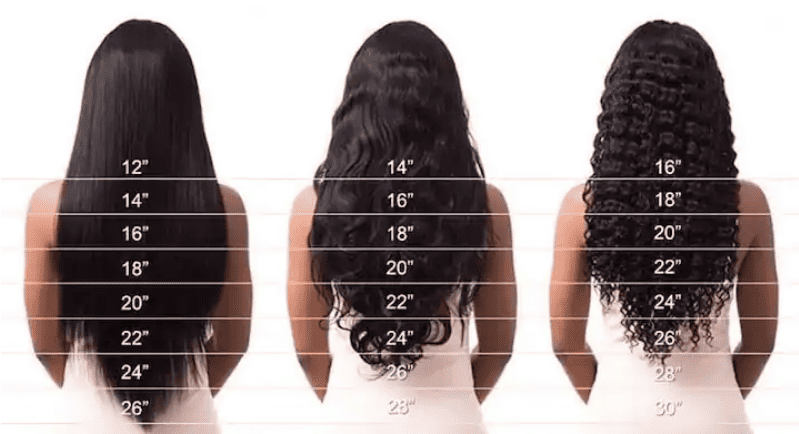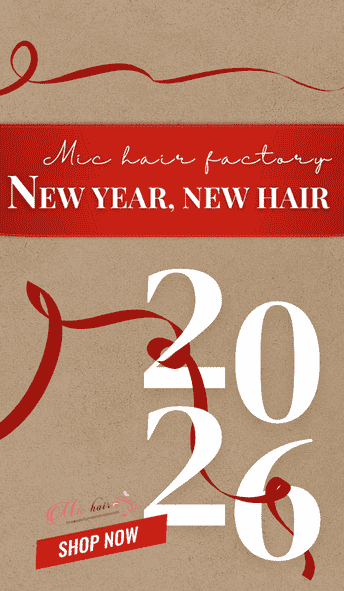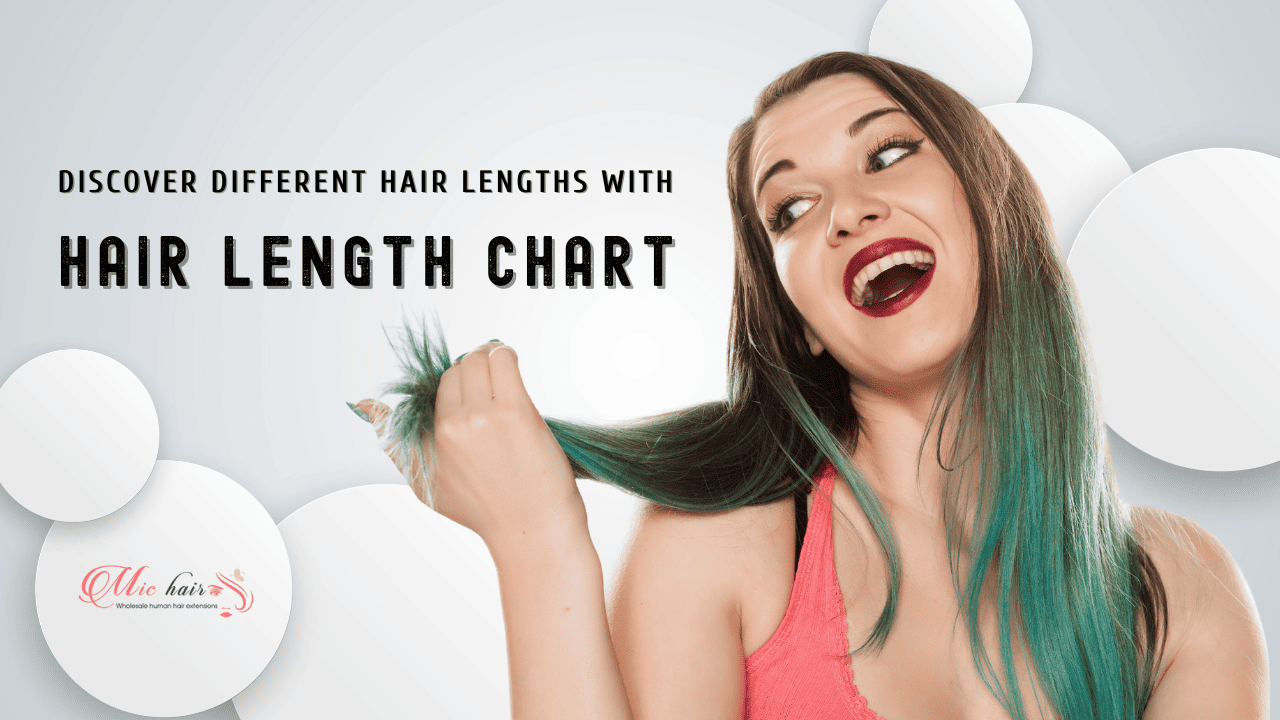When it comes to describing hair length, many people struggle to find the right words. Terms like short, medium, and long can be ambiguous and lead to misunderstandings. That's where a hair length chart comes in handy. A hair length chart provides a visual representation of different hair lengths, making it easier to communicate your desired length to a stylist or when purchasing hair extensions.
In this article, we will explore various hair length charts and discuss the different categories of hair length. We will also address common questions and concerns related to hair length. So let's dive in and unravel the mysteries of hair length!
Hair Length Chart
Before we delve into the specifics of hair length, it's important to understand the female hair length chart first. The most common unit of measurement for hair length is inches, although you may also come across centimeters or millimeters, depending on the source. Hair length is typically measured from the root to the tip of the hair strands. Different Types of Hair Length
There are 3 main categories of hair length: short, medium, and long. Within these categories, there are various sub-lengths that offer different styling possibilities.
Short Hair Length
Short hair lengths refer to hair that falls above the shoulders. Here are some common sub-lengths within the short hair category:
- Pixie Cut (0-2 inches): For individuals who are ready to embrace short hair, the pixie cut is a stylish and daring option since it is quite short. For highlighting facial characteristics and expressing confidence, this length works beautifully.
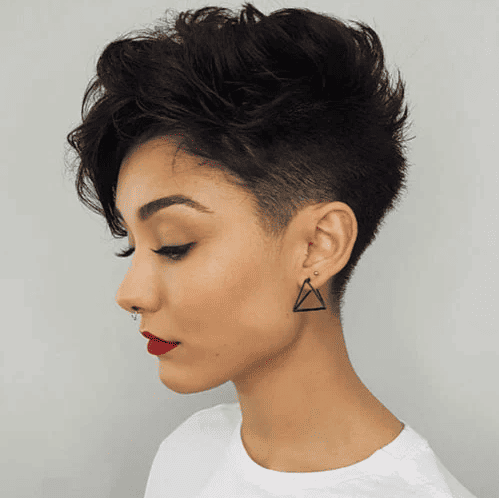
- Bob Cut (2-6 inches): The bob cut is an adaptable length with a wide range of style options. It can be altered to accommodate different face shapes and hair textures.
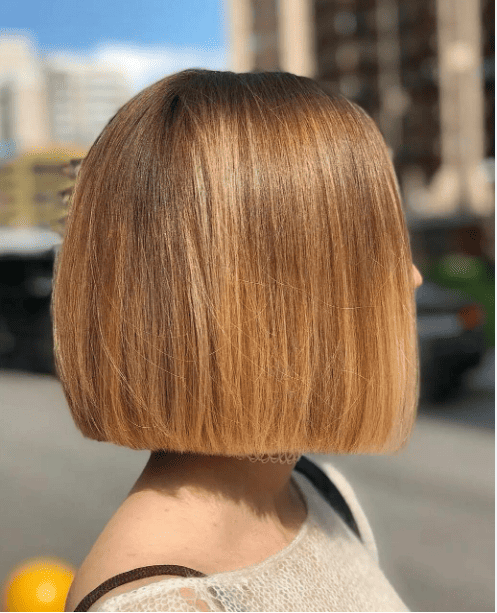
- Lob Cut (6-12 inches): The lob, also known as the long bob, is a little bit longer than the standard bob cut. It provides a balance between short and medium hair lengths as it ends just above or at the shoulders.
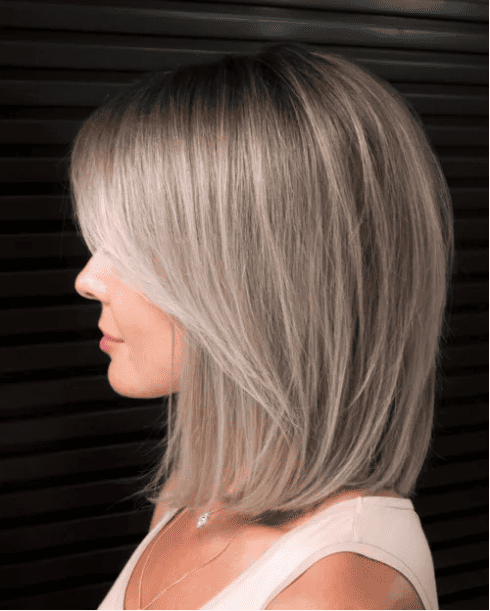
- Shoulder-Length Cut (12-16 inches): The versatility and ease of care of the shoulder-length cut make it a popular choice. It enables a variety of styling possibilities, including straightening, curling, and adding beachy waves.

- Collarbone-Length Cut (16-20 inches): The collarbone-length cut adds a touch of class and refinement. It enhances different facial forms and nicely frames the face.

Medium Hair Lengths
Medium hair lengths refer to hair that extends to the shoulders or slightly below. Here are some common sub-lengths within the medium hair category:
- Armpit-Length Cut (20-26 inches): A variety of style possibilities are available thanks to the just below the collarbone armpit-length cut. This length gives you enough freedom for creativity, whether you prefer loose curls, braids, or a sleek and straight appearance.
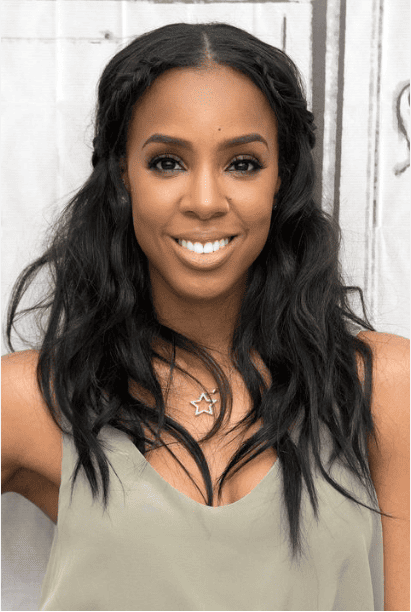
- Mid-Back Cut (26-30 inches): The mid-back cut is elegant and feminine. Its location between the armpit and the waist offers many options for hairstyles. This length enables incredible variety, from massive updos to complex braids and romantic curls.
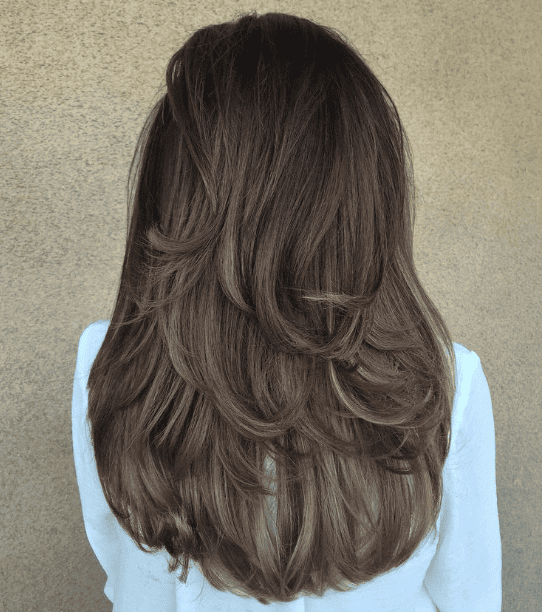
- Waist-Length Cut (30-36 inches): The waist-length cut creates a captivating appearance that radiates beauty and grace. It permits many complex hairstyles, such as ornate updos, flowing curls, and delicate braids. It's crucial to remember, though, that waist-length hair needs more maintenance in order to stay vibrant and healthy.
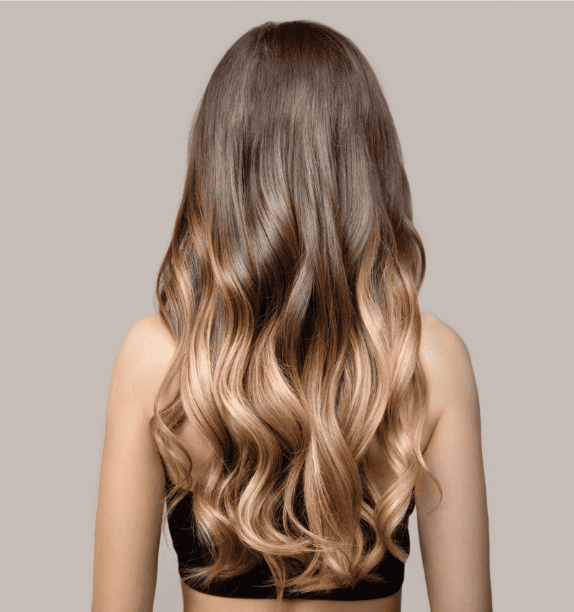
- Hip-Length Cut (36+ inches): The hip-length cut is a compelling option for individuals who want the maximum length and have the patience to keep it. This length has a commanding presence and countless style options. Your options are endless, ranging from glitzy curls to reminiscent braids.

Long Hair Length
Long hair lengths refer to hair that extends beyond the shoulders. Here are some common sub-lengths within the long hair category:
- Tailbone-Length Cut (42-48 inches): The tailbone-length cut is a unique and alluring length that will grab attention. This length creates a genuinely amazing appearance as it reaches the tailbone or even goes slightly beyond it. You can experiment with complicated braids, abundant curls, and chic updos when your hair is this length.
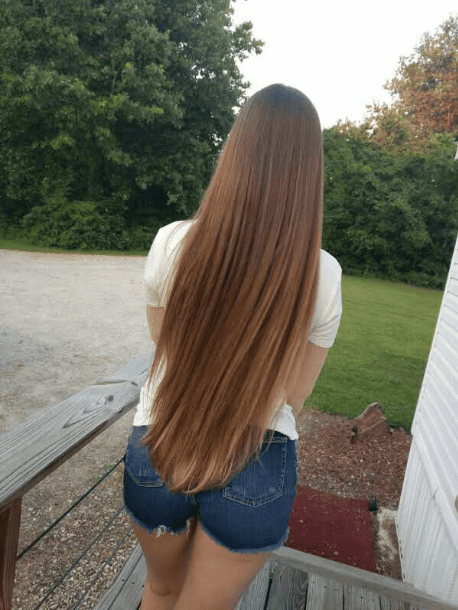
- Classic Length Cut (48-54 inches): The traditional length demonstrates commitment and endurance. This exceptional length, which may even extend a little higher than the knees, calls for attentive handling and care. This length enables you to delve into the realm of fantasy and creativity, with options ranging from regal updos to intricate historical hairstyles.
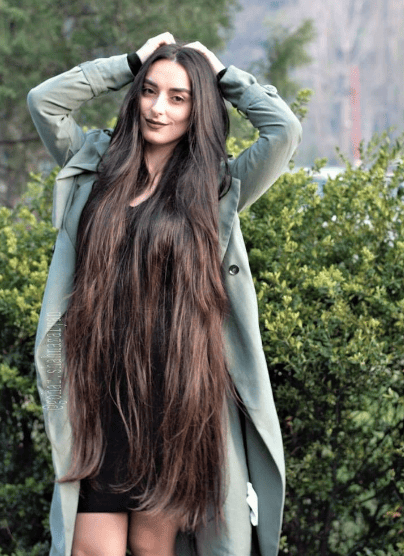
- Floor-Length Cut (54+ inches): The length for serious hair connoisseurs is the floor-long style. This amazing length reaches the ground, making for a very amazing sight. You can experiment with stunning hairstyles befitting fairytales and red carpet occasions if you have hair that is floor length.
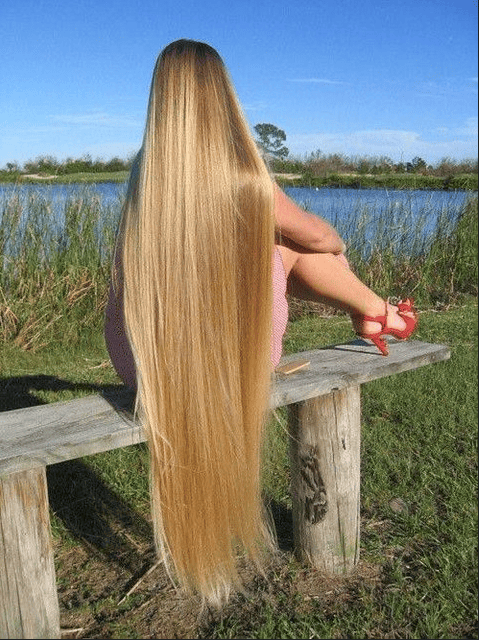
Different Hair Lengths Based On Hair Texture
Straight Hair
Because there are no coiled or folded sections to prevent it from hanging straight, this hair seems to be the length that it actually is. In contrast to wavy or curly hair, 18 inches of straight hair will fall to the level of your armpit.
Wavy Hair
Because of the waves, this hair appears to be a little shorter than it actually is. As a result, wavy hair that is 18 inches long will end up between the shoulder and the armpit, above the armpit level.
Curly Hair
Curly hair will appear even shorter than wavy hair due to the coils that are present throughout, and the curlier the hair, the shorter it will be. With 18 inches of curly hair, it will likely cover your shoulder. You can go into detail about curly hair length chart by click here!
Frequently Asked Questions
How can I choose the right hair length?
When choosing the right hair length, there are a few factors to consider. These include your hair type, face shape, personal style, and lifestyle. Once you have determined all of these factors, you can easily choose the hair length that you desire. You can also refer to our hair weave length chart and hair extension length chart to choose the right extensions as you desire. Are there any hairstyles suitable for all hair lengths?
There are several hairstyles that work well for all hair lengths. Ponytails, braids, top knots, and half-up half-down styles are versatile options that can be adapted to any hair length. You can experiment with different variations and accessories to create unique looks that suit your personal style.
Can I change my hair length without cutting it?
You can change your hair length temporarily by using hair extensions. Hair extensions offer a quick and easy way to add length and volume to your hair without committing to a permanent haircut. They come in various lengths and styles, allowing you to experiment with different looks.
Conclusion
A hair length chart is a valuable tool for understanding and communicating hair length. It provides a visual representation of different hair lengths, making it easier to choose the right length for your hair type and personal style. Whether you prefer short, medium, or long hair, there are endless possibilities to explore and embrace. Consider your hair type, face shape, personal style, and lifestyle when choosing a hair length, and don't be afraid to consult with a professional hairstylist for guidance. With the right hair length, you can rock any hairstyle with confidence.

